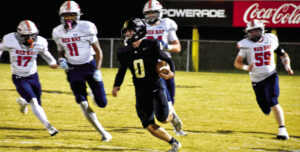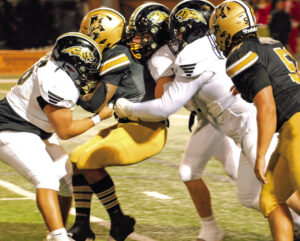Renew your acquaintance with German wines
By By Stan Torgerson / wine columnist
June 12, 2002
There was a time when German wines were the white wines of choice for me and my family as well as many, many American wine lovers.
We loved the Granny Smith apple taste found in a bottle from the Wehlener Sonnenuhr Mosel vineyard, my favorite. The famous J.J. Prum wines come from that area, as do other wonderful wines from superb vineyards.
Most of the wines were crisp, clean with a touch of sweetness, but not the soda pop sweetness of today's white zinfandels.
But a combination of higher and higher prices and a shift in American tastes to the chardonnays, sauvignon blancs and white zinfandels diminished the market for German wines until, today, they are little in demand. That's a pity, because during this warm-weather time of the year, such wines are an absolute delight.
Analyzing the decline
of German wines
At a recent tasting at the Silver Star Casino, I met Mark Hubner, national sales director for Cellars International, a distinguished and well-known distributor for some of Germany's finest estates. Mark is an honest man and agreed German wines had lost ground.
Petrus is a French wine that is easily one of the three most expensive wines in today's world.
I've heard that before from wine store merchants and their customers. A German wine label may be beautiful, most of them are, but they tell you more about the wine inside than you really care to know.
The label not only tells you the name of the estate but the area of Germany where it is located, the type of grape, the year of vintage, the sweetness of the wine or lack thereof, the producer and goodness knows what else. All on one small label. Yes, it's informative but it's also confusing.
So should German wine labels be simplified to the name of the producer, the vintage year, the type of grape and let it go at that?
Growers re-think
their approach
Hubner agrees that German wines have kept their prices up, but argues the quality is still there and always has been. He said fine restaurants still keep excellent German wine lists and among those who know wine, sales in such restaurants are brisk.
He's right about that. One of the finest restaurants in the state is KC's in Cleveland. My grandson, Matthew, got to know the owners while he was a student at Delta State. He arranged an invitation for me and my wife to come to the restaurant one evening and drink rare wines, one of mine and one of theirs.
I brought a 1967 Italian Borolo, a great wine which is impossible to find anymore, although I still have a few in my cellar. Their choice was a German wine that was stunning. The vintage dated back into the 1980s. While I don't remember the producer, I will never forget the wine.
Most German wines come from small producers and have three things in common: low alcohol, high acidity and no oak. Hubner maintains those three things work with food, which is why his wines are so popular in great restaurants
In Mississippi, the greatest problem is the state warehouse leans strongly toward fast-selling wines. Since German wines are not high volume, the state short-changes wine lovers by stocking only 11 Rieslings from that country.
But there are some good ones on that short list the wonderful J.J. Prums mentioned earlier, a Niersteiner and an Oppenheimer that should be good and two Bernkastler Doctors that should be remarkable.
One is in the $45 a bottle class, the other about $32. One of the J.J. Prums should be under $20. At that price, I may renew an old memory or two.









